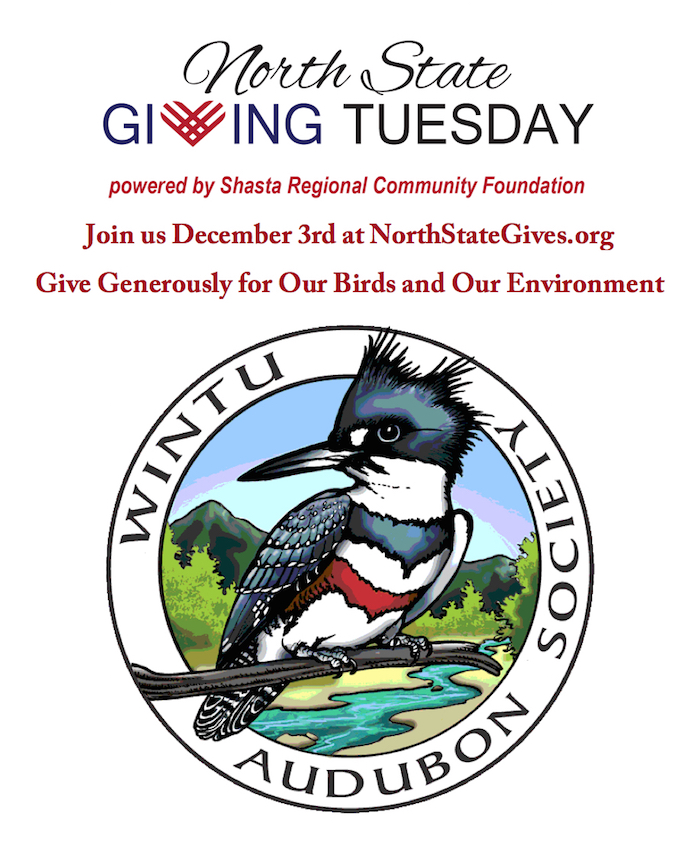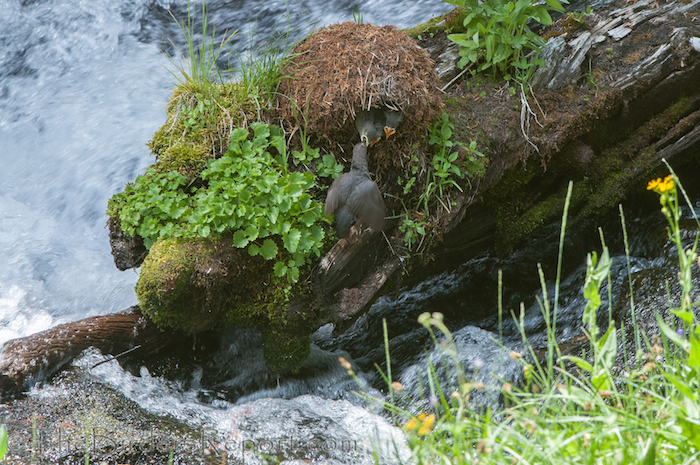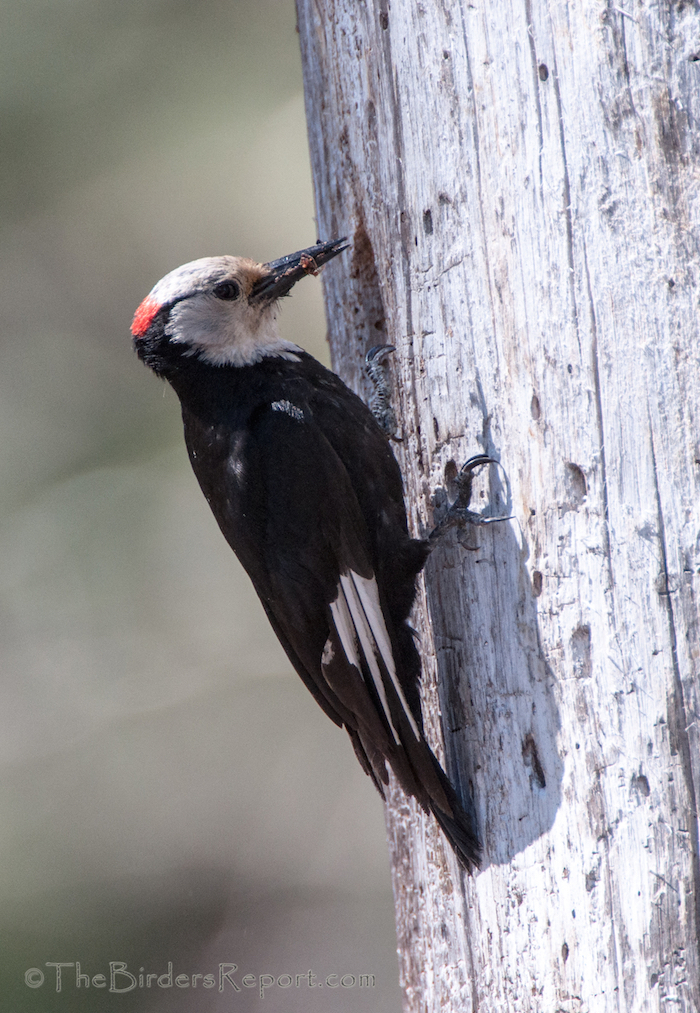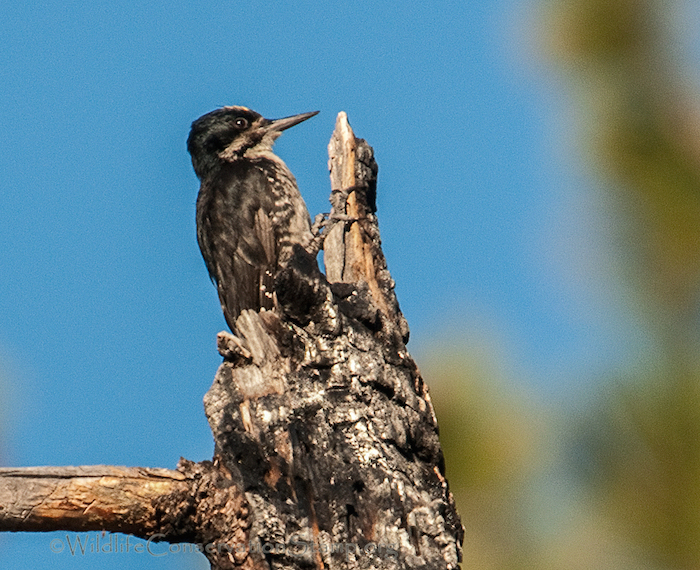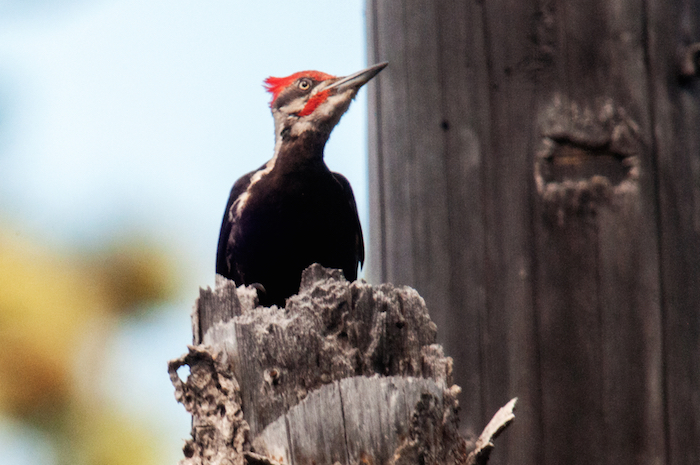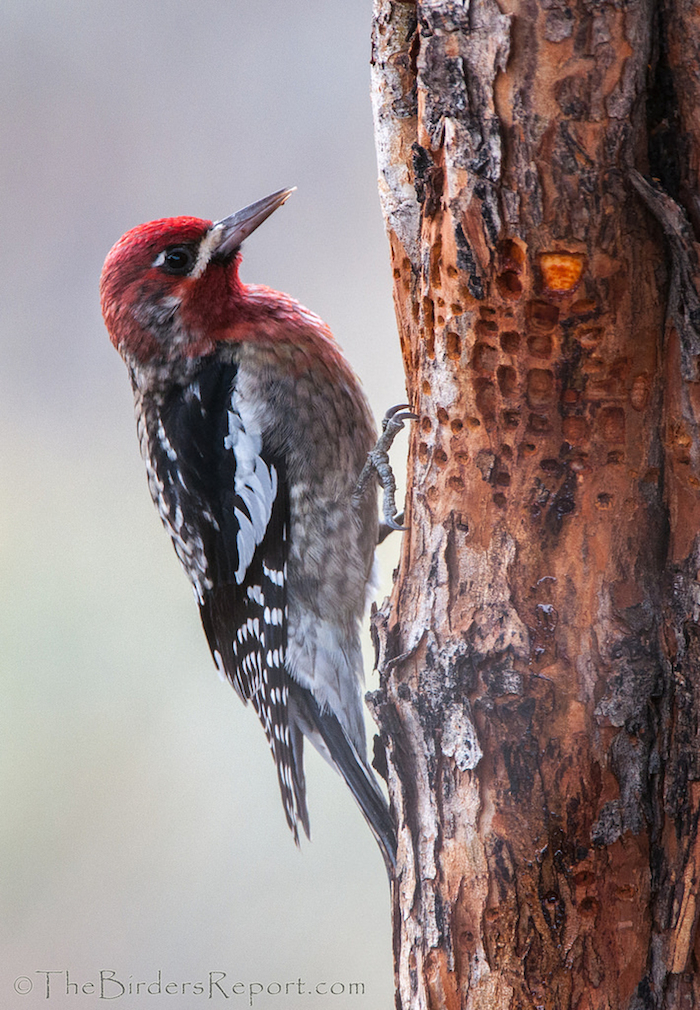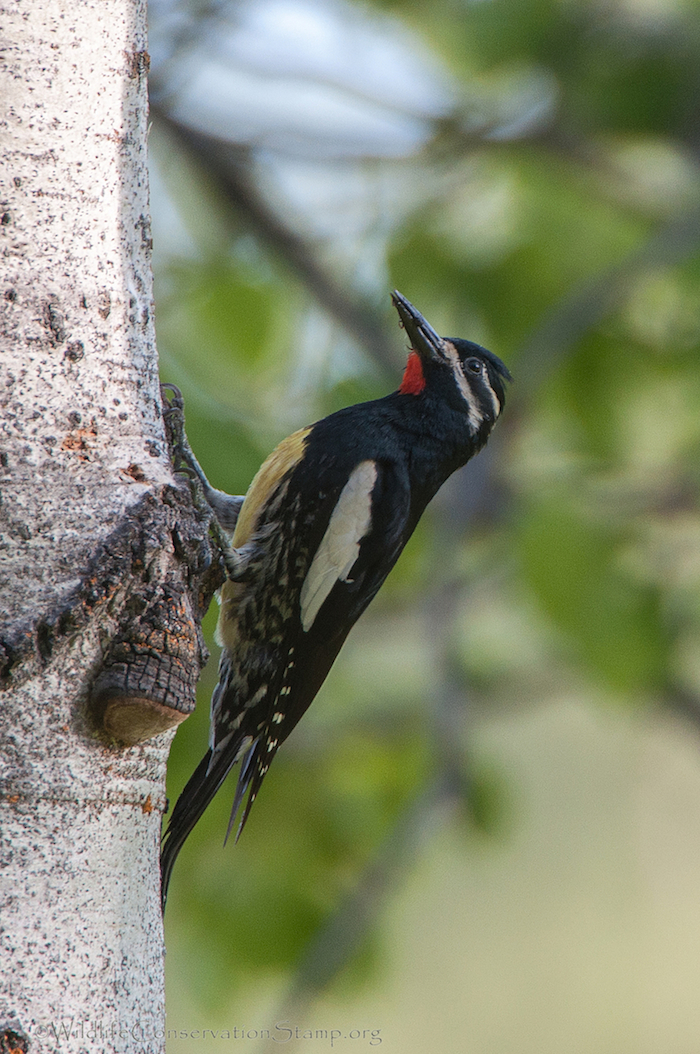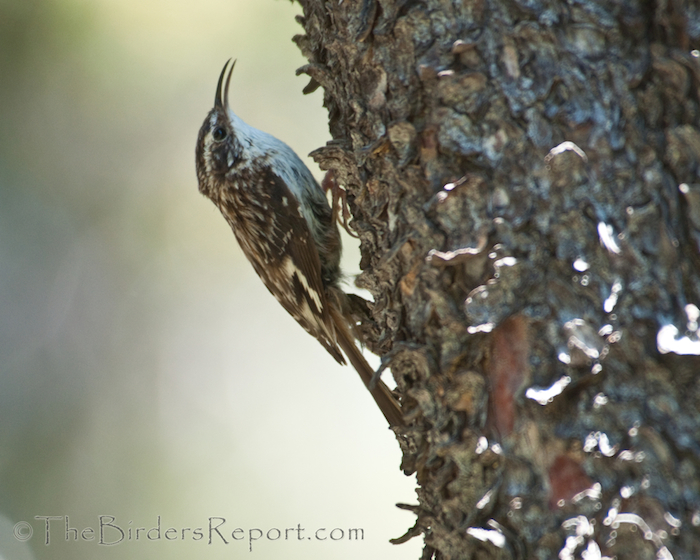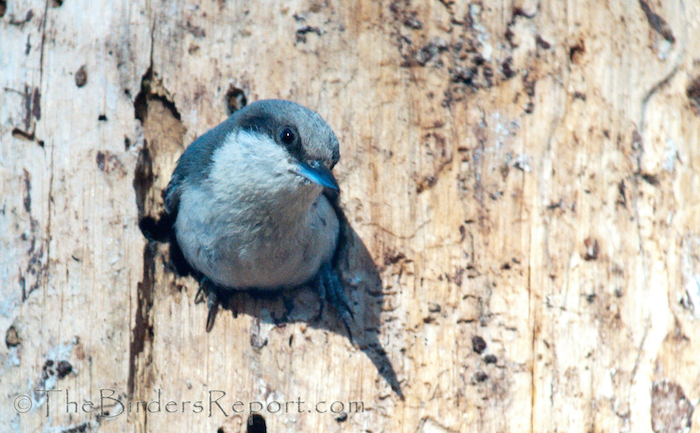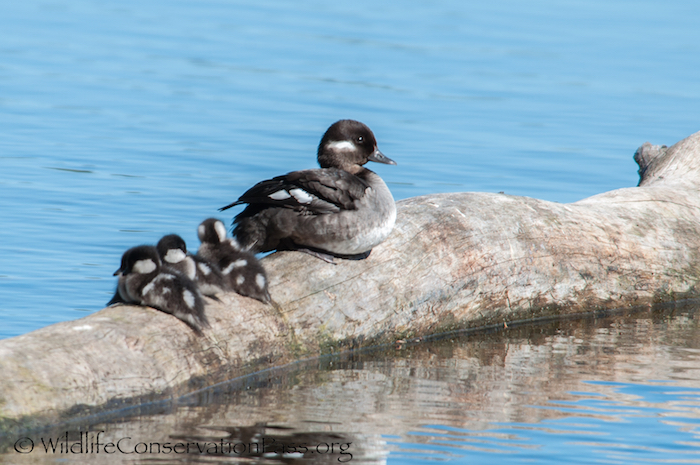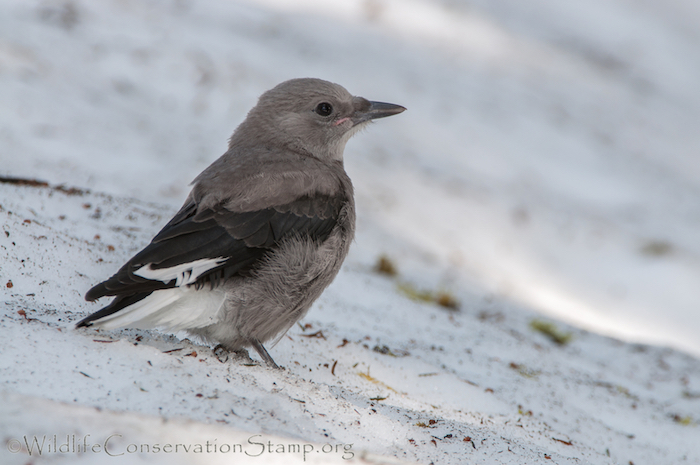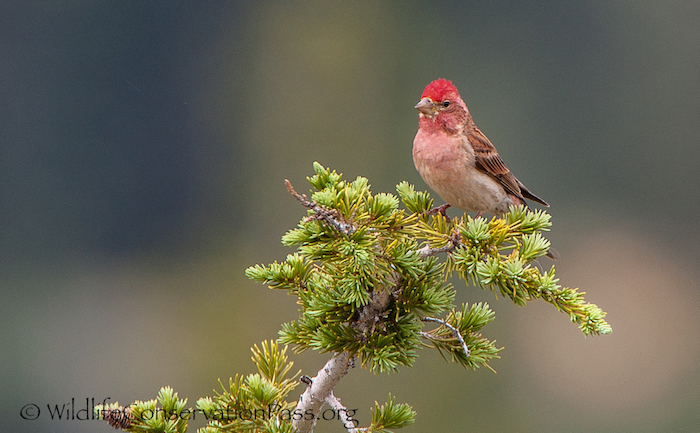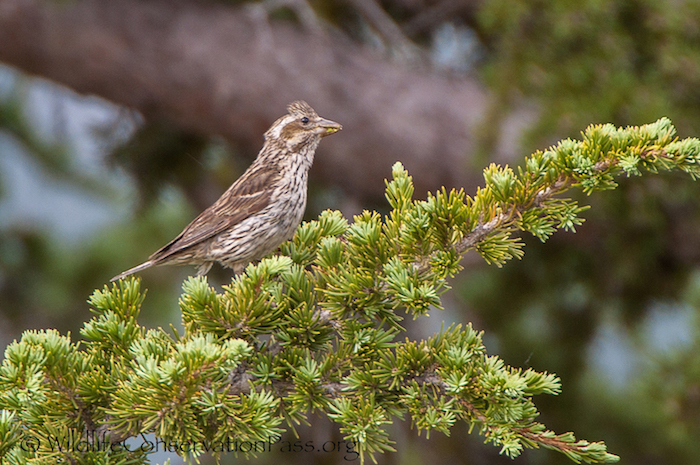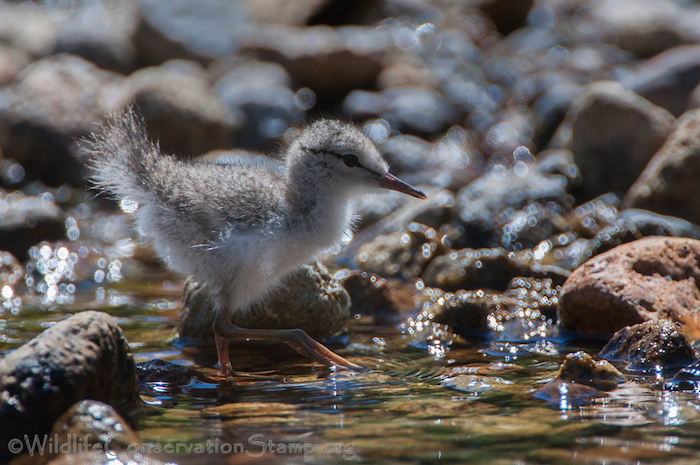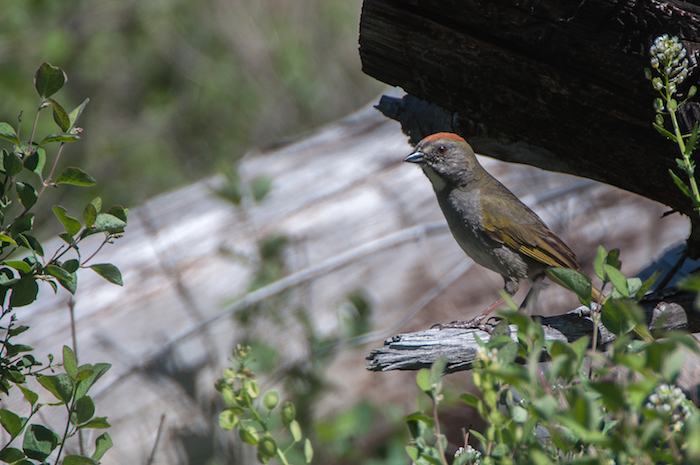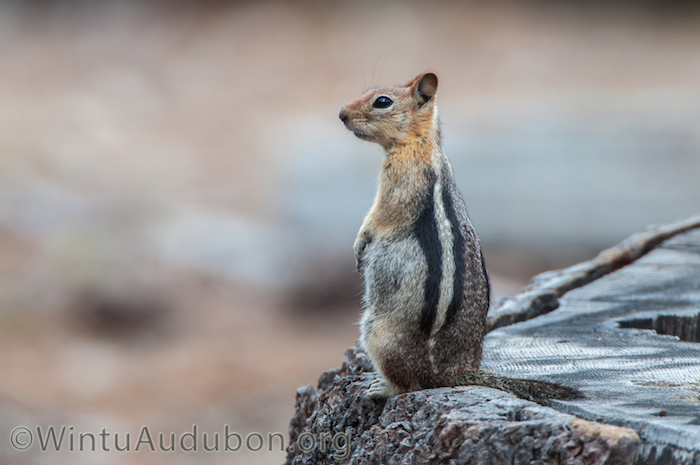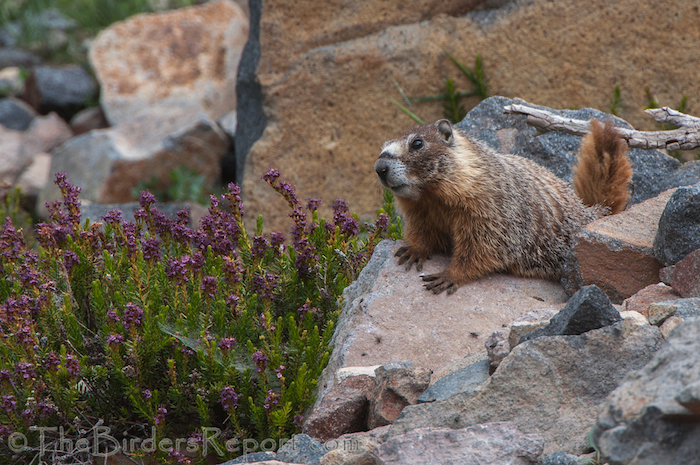
Archive | Events
The Great Backyard Bird Count
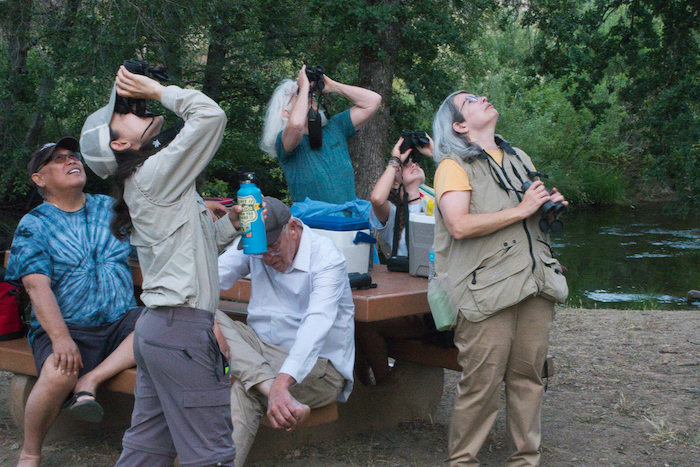
This is so easy, anyone could do it! Spend time in your favorite places watching birds, then tell us about them! In as little as 15 minutes notice the birds around you. Identify them, count them, and submit them to help scientists better understand and protect birds around the world. If you already use eBird or Merlin, your submissions over the 4 days count towards GBBC.
How to Participate

Participating is easy, fun to do alone or with others, and can be done anywhere you find birds.
Step 1: Decide where you will watch birds.
Step 2: Watch birds for 15 minutes or more, at least once over the four days, February 16–19, 2024.
Step 3: Identify all the birds you see or hear within your planned time/location and use the best tool for sharing your bird sightings:
- If you are a beginning bird admirer and new to bird identification, try using the Merlin Bird ID app to tell us what birds you are seeing or hearing.
- If you have participated in the count before and want to record numbers of birds, try the eBird Mobile app or enter your bird list on the eBird website (desktop/laptop).
If you already contribute to Merlin or eBird, continue what you are doing! All entries over the 4-days count towards GBBC.
For more information, go to https://www.birdcount.org/
Northstate Giving Tuesday
In an increasingly divided world, GivingTuesday represents a new global ritual based in joy and hope, proving that acts of kindness and goodwill can transcend country, race, religion and political ideals, and create connections between people.
GivingTuesday, taking place December 3rd, is a global day of giving that harnesses the collective power of individuals, communities and organizations to encourage giving and to celebrate generosity worldwide. Every year, on GivingTuesday, millions of people across the globe mobilize to show up, give back, and change their communities. The goal is to create a massive wave of generosity that lasts well beyond that day, and touches every person on the planet.
Those who are interested in joining Wintu Audubon Society’s GivingTuesday initiative can visit right now at https://www.northstategives.org/wintuaudubon
Lassen Volcanic National Park Outing 2018
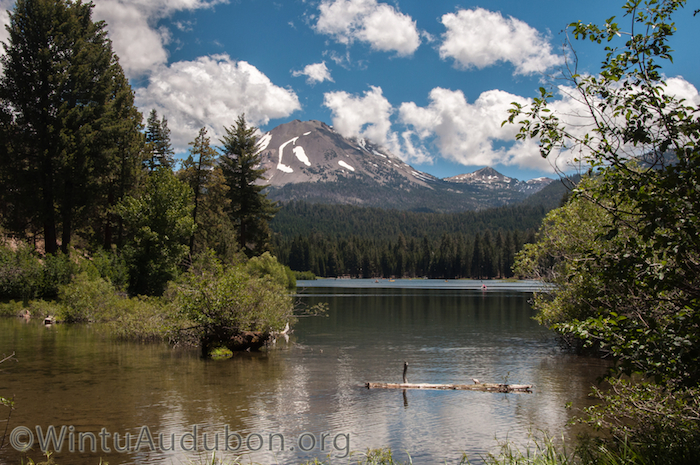
Mount Lassen and Manzanita Lake
One of the best things about our annual Lassen Park campout is that we get to see several species of birds that are rarely, if ever, seen in the valley. Many of those species also nest in the park. According to their website, Lassen Volcanic National Park provides habitat for approximately 216 species of birds in which 96 have been known to actually breed in the park.
For those of you that have never been to Lassen Volcanic National Park, I thought I would post some photos I have taken inside the park of some of the bird and animal species we may encounter during our annual campout.
One of my favorite species is the Water Ouzel, more commonly known now as the American Dipper (Cinclus mexicanus). This is a photo I took at King’s Creek picnic area of an adult feeding its nestlings. Click on photos for full sized images.
and a short video of the nestlings begging for food and being fed.
Of course, LVNP has a great variety of woodpeckers on their bird list, eight of them known to nest in the area, including the White-headed Woodpecker (Picoides albolarvatus.) This is a male with some treats for the youngsters.
and a short video of the adults feeding the nestling and drumming.
We will hopefully see the rare Black-backed Woodpecker (Picoides arcticus) as well.
and maybe hear it drum!
There are Pileated Woodpeckers (Dryocopus pileatus) that hang out just adjacent to our campground in an old burn.
And Red-breasted Sapsuckers (Sphyrapicus ruber) are common.
Near Summit Lake we have been able to witness Williamson’s Sapsuckers (Sphyrapicus thyroideus) raising their young in a snag near the campground. The handsome male…
and the not as recognizable female.

Another of my favorite Lassen Park nesting birds is the Brown Creeper (Certhia americana)…
This is a video of the nesting activity of a pair of Brown Creepers at Summit Lake. Their nest is concealed in the narrow space behind loose bark on a tree.
Mountain Chickadees (Poecile sclateri) are one of the many secondary cavity nesters at the park. This is a nestling waiting to be fed at Hat Lake.
Also seen at Hat Creek, Red-breasted Nuthatches (Sitta canadensis) tending their nestlings.

And the video accompaniment.
Other secondary cavity nesters at the park include the Pygmy Nuthatch (Sitta pygmaea)…
the Mountain Bluebird (Sialia currucoides), the male seen here…
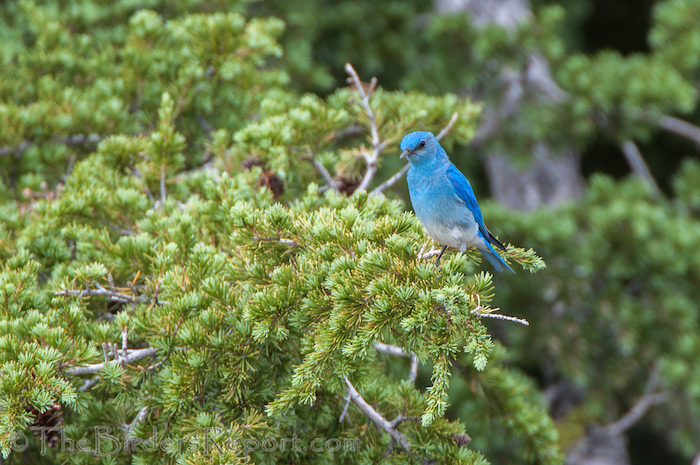
and the Bufflehead (Bucephala albeola).
Lassen Volcanic National Park is one of the few places that this incredible cavity nesting duck breeds in Northern California.
This is a video of a female Bufflehead searching Manzanita Lake for a cavity to nest in for the following nesting season. She is in a snag, at least forty feet up!
American Coots (Fulica americana) raise their young at the park also. If you have never seen a American Coot chick, Manzanita Lake is a good spot to find them.
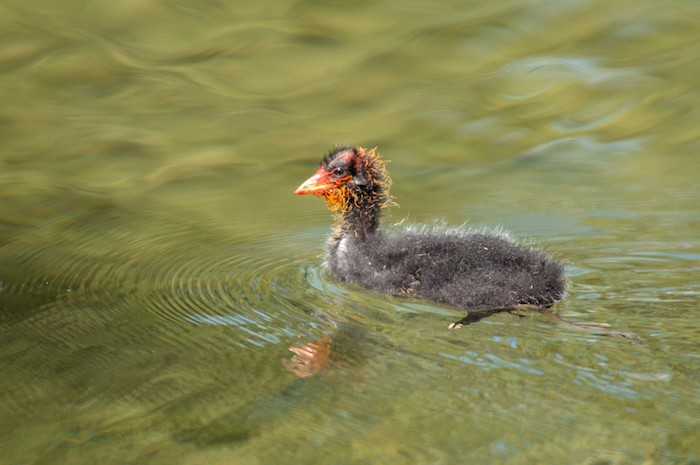
Since we’re checking out the youngsters of the park, I found this juvenile Clark’s Nutcracker (Nucifraga columbiana) at Bumpass Hell. Note the remaining flesh colored gape below the eye at the corner of the beak.
Other species that nest at the park include the Cassin’s Finch (Carpodacus cassinii). The male seen here…
You would be hard pressed to miss the boisterous Steller’s Jay (Cyanocitta stelleri)
But if you are really lucky, you might find a young Spotted Sandpiper (Actitis macularius) at Hat Lake!
You gotta see this…
Or a Green-tailed Towhee (Pipilo maculatus) that also nests here.
Of course there are more than just birds at Lassen Volcanic National Park. The park is home to approximately 57 species of mammals ranging is size from the tiny shrew to the North American black bear. We are most likely to see the Golden-mantled Ground Squirrel (Callospermophilus lateralis)…
the American Pika (Ochotona princeps)…
and the Yellow-bellied Marmot (Marmota flaviventris).
I hope this post intrigues you enough to consider joining us this year at Lassen Volcanic National Park for our 2018 annual campout. As always we will be camping with our friends and fellow Audubon members from other Northern California chapters. As with all of our activities, the Lassen Park Campout is posted on our calendar for more information. You are welcome to campout beginning Friday, July 27th, anytime past noon, or drive up Saturday morning to join us for the hike around Manzanita Lake.
Want more information on Lassen Volcanic National Park? Visit their website! And here is an interactive map of the park.
 Loading...
Loading...
Lassen Volcanic National Park Outing

Mount Lassen and Manzanita Lake
One of the best things about our annual Lassen Park campout is that we get to see several species of birds that are rarely, if ever, seen in the valley. Many of those species also nest in the park. According to their website, Lassen Volcanic National Park provides habitat for approximately 216 species of birds in which 96 have been known to actually breed in the park.
For those of you that have never been to Lassen Volcanic National Park, I thought I would post some photos I have taken inside the park of some of the bird and animal species we may encounter during our annual campout.
One of my favorite species is the Water Ouzel, more commonly known now as the American Dipper (Cinclus mexicanus). This is a photo I took at King’s Creek picnic area of an adult feeding its nestlings. Click on photos for full sized images.
and a short video of the nestlings begging for food and being fed.
Of course, LVNP has a great variety of woodpeckers on their bird list, eight of them known to nest in the area, including the White-headed Woodpecker (Picoides albolarvatus.) This is a male with some treats for the youngsters.
and a short video of the adults feeding the nestling and drumming.
We will hopefully see the rare Black-backed Woodpecker (Picoides arcticus) as well.
and maybe hear it drum!
There are Pileated Woodpeckers (Dryocopus pileatus) that hang out just adjacent to our campground in an old burn.
And Red-breasted Sapsuckers (Sphyrapicus ruber) are common.
Near Summit Lake we have been able to witness Williamson’s Sapsuckers (Sphyrapicus thyroideus) raising their young in a snag near the campground. The handsome male…
and the not as recognizable female.

Another of my favorite Lassen Park nesting birds is the Brown Creeper (Certhia americana)…
This is a video of the nesting activity of a pair of Brown Creepers at Summit Lake. Their nest is concealed in the narrow space behind loose bark on a tree.
Mountain Chickadees (Poecile sclateri) are one of the many secondary cavity nesters at the park. This is a nestling waiting to be fed at Hat Lake.
Also seen at Hat Creek, Red-breasted Nuthatches (Sitta canadensis) tending their nestlings.

And the video accompaniment.
Other secondary cavity nesters at the park include the Pygmy Nuthatch (Sitta pygmaea)…
the Mountain Bluebird (Sialia currucoides), the male seen here…

and the Bufflehead (Bucephala albeola).
Lassen Volcanic National Park is one of the few places that this incredible cavity nesting duck breeds in Northern California.
This is a video of a female Bufflehead searching Manzanita Lake for a cavity to nest in for the following nesting season. She is in a snag, at least forty feet up!
American Coots (Fulica americana) raise their young at the park also. If you have never seen a American Coot chick, Manzanita Lake is a good spot to find them.

Since we’re checking out the youngsters of the park, I found this juvenile Clark’s Nutcracker (Nucifraga columbiana) at Bumpass Hell. Note the remaining flesh colored gape below the eye at the corner of the beak.
Other species that nest at the park include the Cassin’s Finch (Carpodacus cassinii). The male seen here…
You would be hard pressed to miss the boisterous Steller’s Jay (Cyanocitta stelleri)
But if you are really lucky, you might find a young Spotted Sandpiper (Actitis macularius) at Hat Lake!
You gotta see this…
Or a Green-tailed Towhee (Pipilo maculatus) that also nests here.
Of course there are more than just birds at Lassen Volcanic National Park. The park is home to approximately 57 species of mammals ranging is size from the tiny shrew to the North American black bear. We are most likely to see the Golden-mantled Ground Squirrel (Callospermophilus lateralis)…
the American Pika (Ochotona princeps)…
and the Yellow-bellied Marmot (Marmota flaviventris).
I hope this post intrigues you enough to consider joining us this year at Lassen Volcanic National Park for our 2017 annual campout. As always we will be camping with our friends and fellow Audubon members from other Northern California chapters. As with all of our activities, the Lassen Park Campout is posted on our calendar for more information. You are welcome to campout beginning Friday, July 28th, anytime past noon, or drive up Saturday morning to join us for the hike around Manzanita Lake.
Want more information on Lassen Volcanic National Park? Visit their website! And here is an interactive map of the park.
